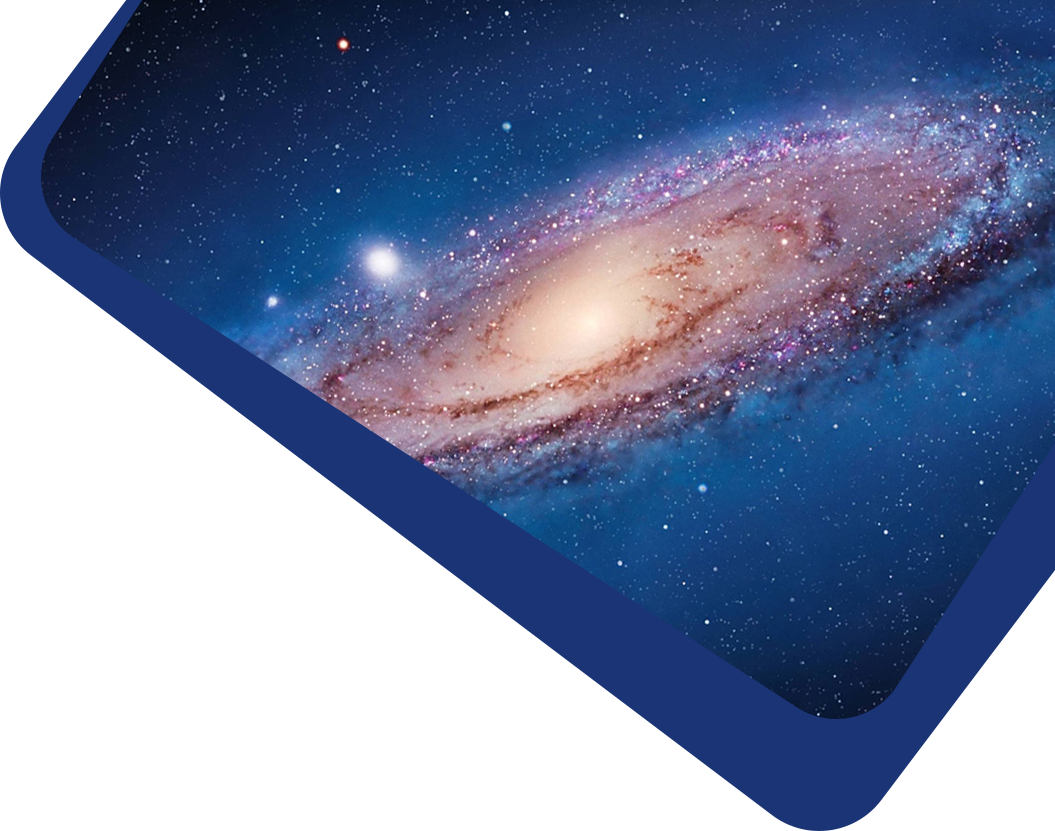

Analyzing filaments and cores in molecular clouds is key to understanding galactic star formation and its environmental dependence. This paper studies the properties and distribution of dense cores and filaments in the Ophiuchus molecular cloud, with a focus on the L1688 hub-filament system (HFS) and its star formation potential. We extracted sources and filaments from Herschel images and a 13″.5 resolution surface density map using the getsf method, identified dense cores among the extracted sources, evaluated core mass segregation, and constructed the core mass function (CMF). We derived properties of the filaments from their radial surface density profiles, constructed the filament linear density function (FLDF), and assessed the mass distribution in the L1688 HFS to estimate the core and filament formation efficiencies (CFEs, FFEs). We identified 64 protostellar, 132 prestellar, and 686 unbound cores. The CMF of the prestellar cores has a power-law exponent of −0.86, and the FLDF of the densest filaments has a similar slope of −0.97, whereas the CMF of the unbound cores is found to be −1.36. Mass segregation is prominent among the most massive cores, with only slight differences between the bound and unbound cores. The low-mass unbound cores affect the overall spatial distribution. Among the 769 well-resolved filaments, we find a median half-maximum width of 0.12 pc and a median slope of −1.4 for the filament radial profiles. Mass distribution in the L1688 hub is dominated by the filaments, and outside the hub, it is dominated by the molecular cloud background. There exists a strong correlation between FFE and CFE, which reach their respective maxima of 71% and 5% within the hub and decrease to 21% and 0.9% outside it. The results suggest that the gravitational potential in the L1688 HFS influences core clustering in its high-density regions and that the filament-dominated core formation is a key mechanism in star formation within the system.
stars: formation–ISM:molecules–infrared: ISM
There are currently no refbacks.
It accepts original submissions from all over the world and is internationally published and distributed by IOP